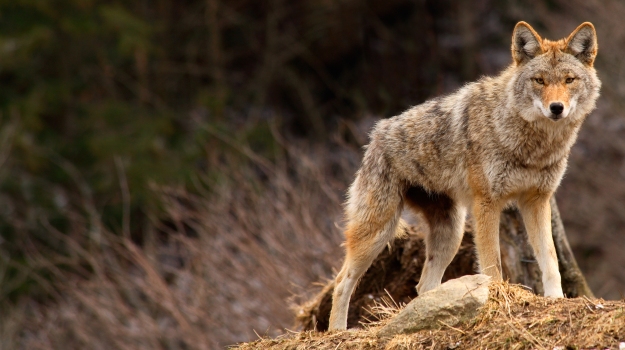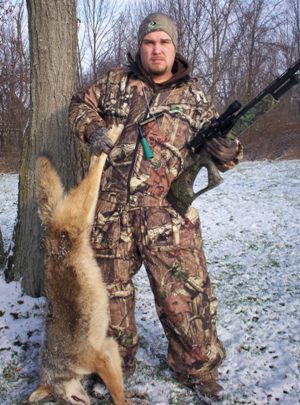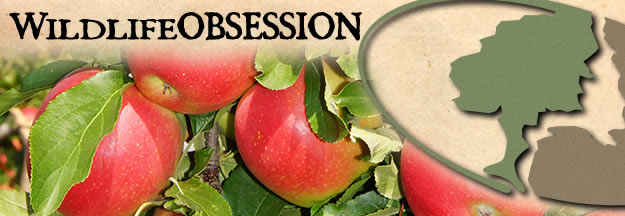
Steven Reinhold | Mossy Oak Regional ProStaff Manager - Predator
As I’m writing this, I have just gotten in from a great day afield. This is my favorite time of the year to be chasing coyotes. Don't get me wrong any day afield is a great day, no matter what time of year it is. This is the time of year when the calling action can be fast and furious as I call it. It’s like being in a treestand during the rut chasing that buck of a lifetime. The reason being is this is the time of year when coyotes are mating. Usually towards the end of January through the middle of March you can have good success calling in coyotes.
Here in Ohio where I live, the weather varies this time of year. It could be very warm or you could wake up to a lot of snow. This time of year, I focus on using locating howls, female whining call and puppy yips. I like to mix my calling sequences up. I start out with some locating howls to see if I get a response. Once I have a response I change my calls up to draw the coyote into shotgun range. I carry a rifle but where I hunt is very urban, so I rely on my shotgun the most.
I try to start out calling with a low volume, just in case there is a coyote close to where I’m set-up. Then I will increase the volume as my calling sequence goes on. I will even throw in a distress call here and there to draw a predator in as well. Our season goes out at the end of January here in Ohio for other fur bearing animals, but coyotes have no closed season. So I’m not only focused on coyotes, I have called in raccoons and foxes during this time of year as well. Raccoons are in their mating season this time as well and are a lot of fun to call. If our stands for coyotes are not paying off say around 9 a.m., we move to the river bottoms and focus on calling raccoons. Believe me, if you have never tried calling in raccoons it is a blast and a great way to put more fur on your stretchers.
 Most of the terrain I hunt here in Ohio is mainly flat turned over crop fields, river bottoms and pasture areas. Depending on the weather, my main camo patterns I use this time of year are Mossy Oak Break-Up Infinity and Mossy Oak Treestand. I use the Treestand pattern a lot in the snow and the Infinity pattern on the days where snow is not present. I have had great success using both of these patterns in the terrain I’m hunting.
Most of the terrain I hunt here in Ohio is mainly flat turned over crop fields, river bottoms and pasture areas. Depending on the weather, my main camo patterns I use this time of year are Mossy Oak Break-Up Infinity and Mossy Oak Treestand. I use the Treestand pattern a lot in the snow and the Infinity pattern on the days where snow is not present. I have had great success using both of these patterns in the terrain I’m hunting.
Most of the areas I hunt are small tracks of land, so my stand set ups last anywhere from 15 to 30 minutes depending on if I have a response or not. I can travel by vehicle from spot to spot. I start calling from daylight until around 11 a.m., then head back out around 3 p.m. and call until dark. I don’t call at night. I know a lot of people have success calling at night but I prefer daytime calling. I can get about seven or eight stand setups in a day of calling.
I hunt predators just like hunting whitetails. I use scent-free clothing, take scent-free showers before heading out and use the wind to my advantage. I set up with the wind in my face. Predators are just like whitetails; if you get winded the game is over. If you notice, a lot of coyotes and predators you have called in try and circle downwind from you. That is why I try and use scent free products to my advantage.
I also use a decoy as well. Depending on my calling setup, I will use a life-sized coyote decoy, fawn decoy, motion decoy or just a plain turkey wing feather on a string tied on a wooden rod. The reason for using a decoy is it takes the eyes off of you, and leaves the approaching animal focused on the decoy.
The biggest mistake I see people making is calling where coyotes are not present. If there are no coyotes in the areas you are calling, your success of calling one is is slim. I do a lot of scouting throughout the year. Looking for tracks, scat and also looking at animal remains that are in the woods like deer that hunters couldn’t find or have died from other causes. On the farms I hunt, most of them have remains from cattle or other animals that have died on the farm. These areas are key areas I focus on for my calling set ups. Places like these are like ringing the dinner bell for predators.
Another mistake is never get discouraged. The best predator hunters in the world don't harvest animals every day on the stand. Predators are smart and are very wary. They can adapt to anything that is thrown at them and have probably heard every call that is out there, so try and mix your calling up. Throw stuff at them that might be different. For example, instead of using that cottontail in distress try using a fawn or some kind of bird distress.
I make mistakes and learn a lot of different stuff every day in the field. I believe this is what draws me back for more punishment, but also makes me a better hunter as well.



























